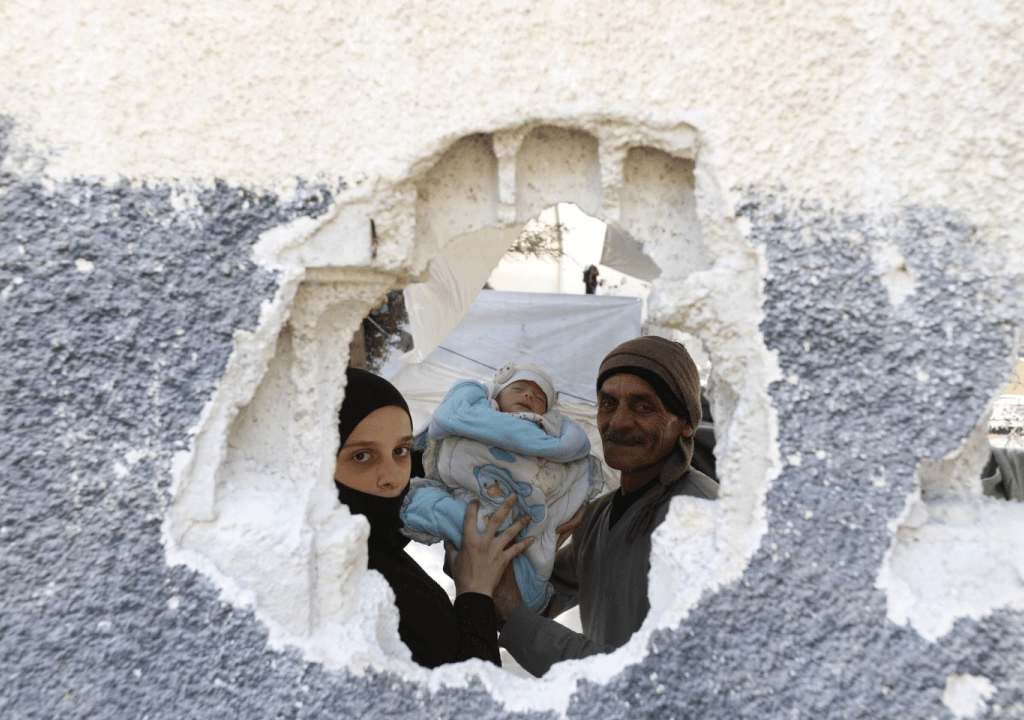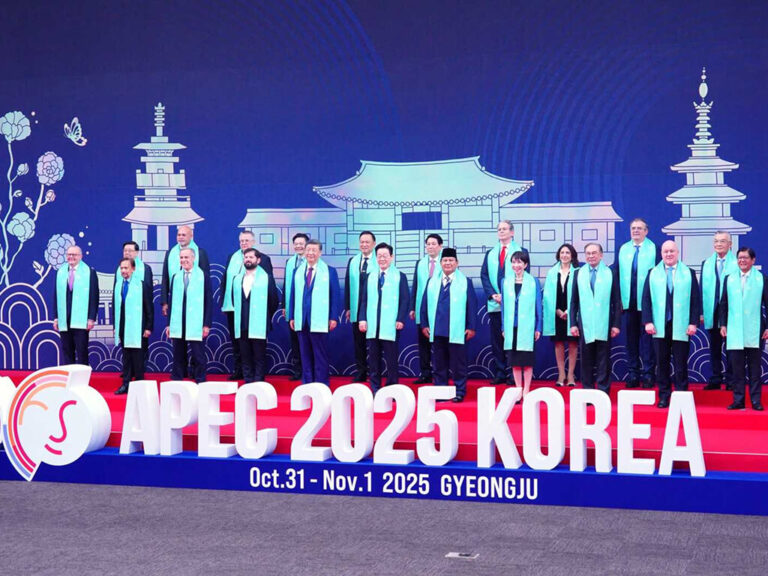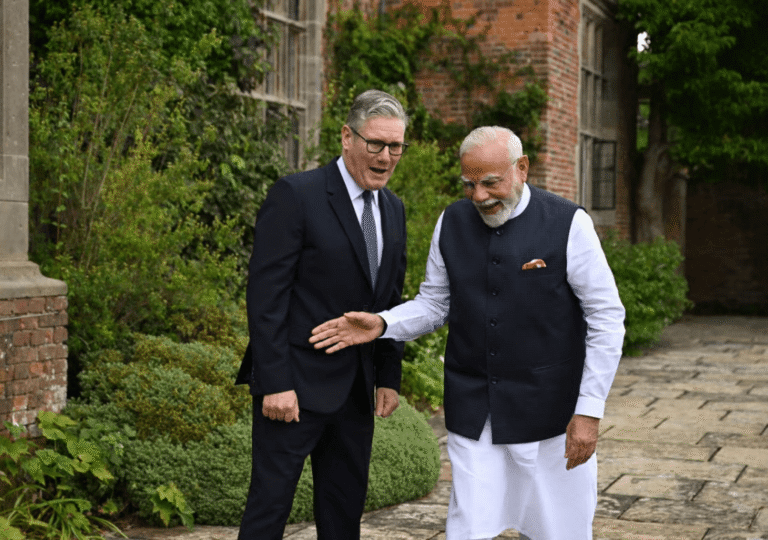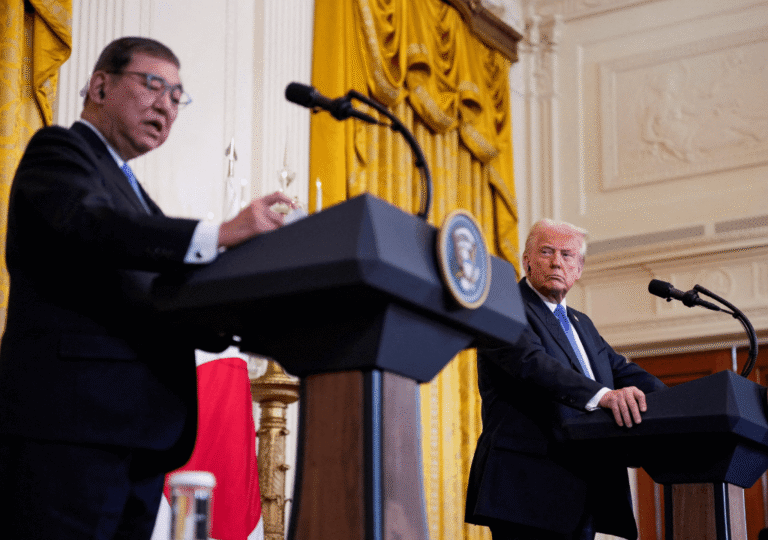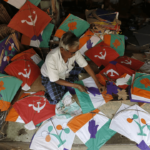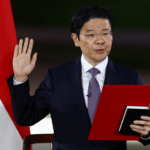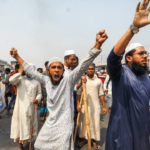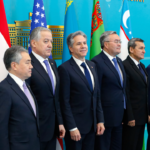While the newly established Sunni-led Syria—backed by the United States—is steadily gaining international recognition, with several countries preparing to formalize diplomatic ties, internal sectarian tensions are far from resolved. Seven months after Bashar al-Assad’s fall—and following multiple sectarian clashes and mounting casualties—the government is struggling to mend relations with Kurds and Alawites. Meanwhile, fresh unrest is flaring in the south, this time involving the Druze community. An altercation between a sunni Bedouin tribesman and a Druze resident quickly escalated into widespread violence, leaving many dead. Public confidence in the authorities is eroding, and serious doubts remain about the government’s capacity to maintain order. Fear is growing over where the next eruption of communal violence might occur—and how devastating it could be.
Unsettling Syria
As widely anticipated, unifying a multi-ethnic nation shattered by nearly 14 years of civil war is proving to be an immense challenge. President Ahmed al-Sharaa—a former militant whose Sunni Islamist faction led the offensive that ousted Bashar al-Assad—has, for many, stirred more doubt than hope. While his diplomatic breakthroughs abroad have been impressive, matched only by unexpected military victories, they have done little to ease concerns at home. Donald Trump praised Sharaa’s strongman persona, and both the EU and UK were quick to lift Syria from international isolation.
Yet Syria remains deeply fractured. Negotiations with Kurdish forces—who continue to control roughly a third of the country—have stalled. The Alawites remain distant and largely uncooperative with Damascus. Meanwhile, talks aimed at integrating Sweida, the Druze-majority province now engulfed in violence, are making little headway.
Sharaa has repeatedly vowed to protect Syria’s minorities, claiming the country’s true strength lies in its ethnic and religious mosaic. In a speech on July 17th, he promised justice for those responsible for abuses against the Druze and reaffirmed that Syrian law “guarantees the rights of all.” But such promises ring hollow for many. While the international community seems increasingly convinced by Sharaa’s rhetoric, large swaths of the Syrian population remain skeptical.
The newly formed Syrian army—a patchwork of former militias—has only deepened concerns. Poorly disciplined and largely autonomous, its actions often contradict the government’s message of reform. During the coastal massacres in March, and again in last week’s violence in Sweida, government-aligned forces were seen filming themselves abusing civilians—exposing the gaping divide between official promises and ground realities.
Ongoing tensions in Sweida
Last week, Syria’s divisions erupted once more into open conflict. Sunni-dominated government forces and allied Bedouin tribes clashed violently with Druze fighters. The brutality wasn’t confined to the battlefield—online, hate speech surged. In pro-government Telegram groups, men shared images of Druze women and joked about sexually assaulting them as tribal militias advanced into Sweida. The toxic rhetoric spilled into daily life: in Aleppo, hundreds of miles from the front lines, fistfights broke out between Druze and Muslim students despite university administrators efforts to contain the unrest.
In Sweida, whatever fragile trust had been built with the Damascus government in recent months disintegrated. Residents awoke to find loved ones slaughtered—many in horrific fashion. They choose “Die with dignity” rather than be part of the new Syrian state. When government forces withdrew from the area on Thursday, Druze militias launched retaliatory attacks against Bedouin families, reigniting the cycle of violence. Parts of the Druze leadership in Sweida remain defiant. They refused to disarm, insisting that force would not compel them to accept integration into a state they no longer trusted.
Adding another layer of complexity is Israel’s involvement. Long positioning itself as the protector of Syria’s Druze community, Israel remains deeply suspicious of Syria’s new Sunni-led government—even as it gains favor with the United States, Turkey, and Saudi Arabia. Citing concern for the Druze as justification, Israel has used the unrest to renew its military presence in southern Syria. Which makes Druze hatred worse among the Palestine sympathetic population.
An uneasy calm returned to southern Syria’s Sweida province on Sunday, July 20, as fighters withdrew after a week of deadly clashes that killed more than 1,000 people, though fears of renewed fighting in the days ahead remain high.
Will Syria Achieve Peace?
Only tangible actions—not vague official statements—can rebuild public trust and lay the foundation for lasting peace in Syria. Without sincere and sustained effort, the country’s deep divisions will only become more entrenched. Critics question the government’s commitment, especially as the findings of the investigation into the coastal massacres of March—initially promised by early July—have yet to be released.
Adding to the uncertainty is widespread anxiety about the nature of future governance. Many communities, having grown accustomed to self-rule during the civil war, are hesitant to relinquish their autonomy without clear and binding guarantees. Developing a political framework that respects these realities is crucial. If these concerns are ignored, mistrust will fester, violence will likely erupt again, and Syria may remain caught in a cycle of conflict and instability.

